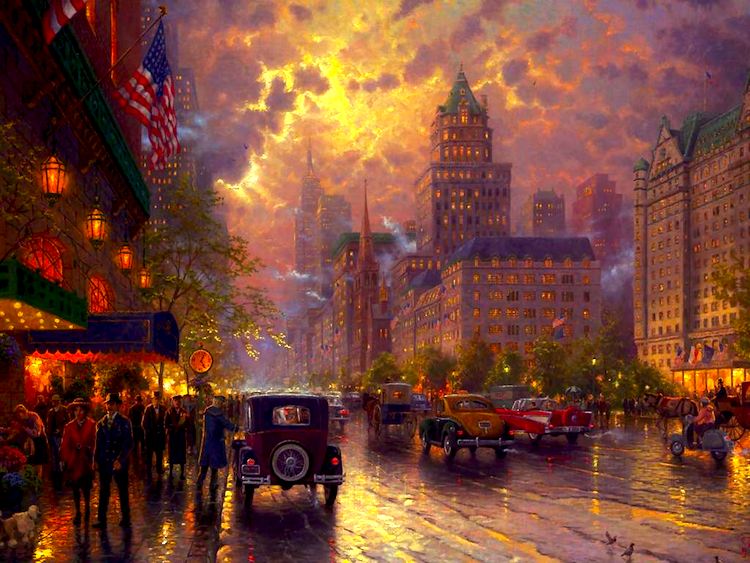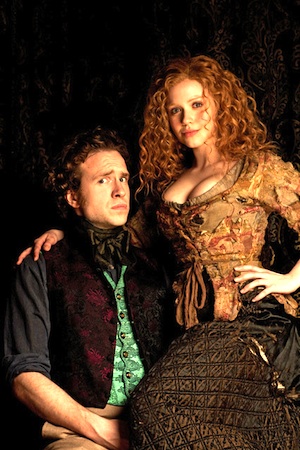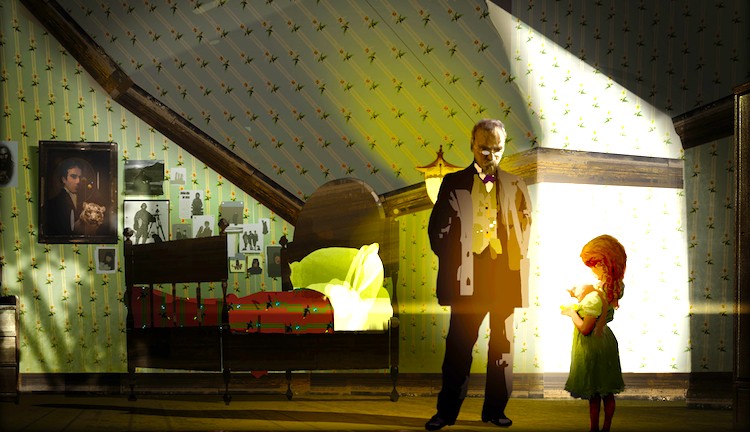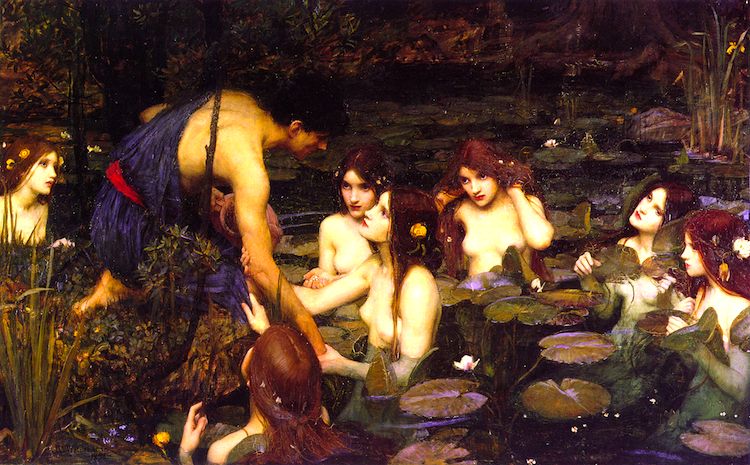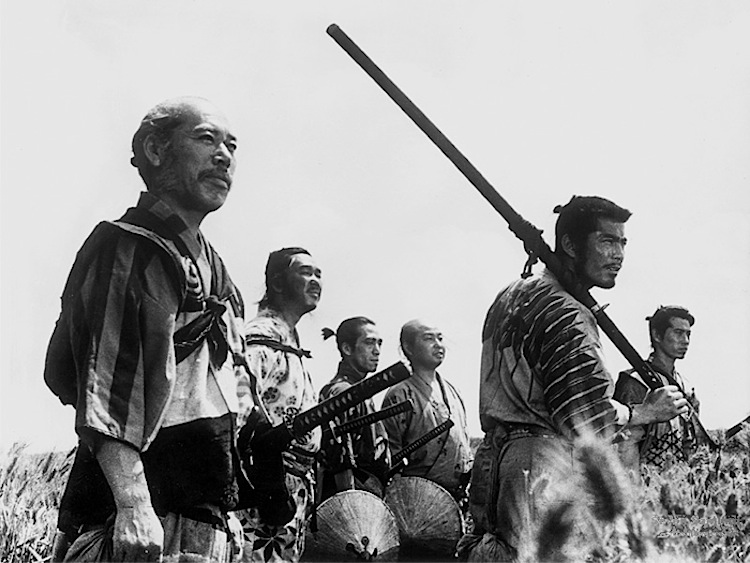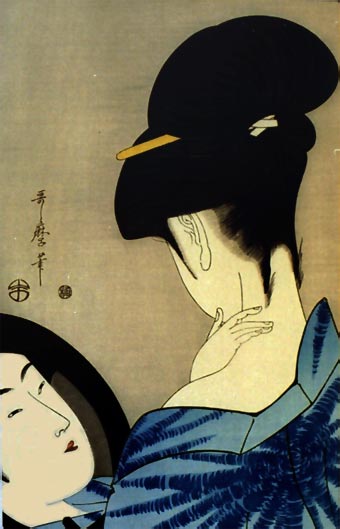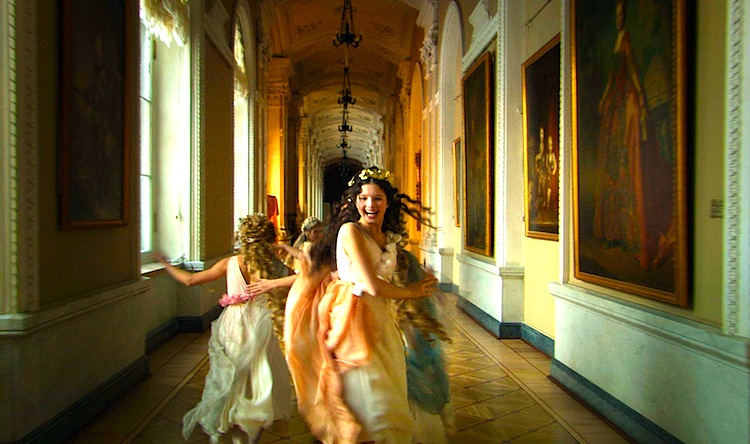By David Ross. Every so often liberal big leaguers take a whack at Thomas Kinkade, the king of mall and mail-order art, the entrepreneurial painter laureate of what Jed Pearl calls “Wal-Mart America.” His depictions of gingerbread cottages nestled in what seem to be sleepy Cotswold hamlets are beloved by the masses and equally detested by people who consider themselves – by virtue of college degrees and the occasional glass of white wine with dinner – Blue State sophisticates. In 2001, Susan Orlean gave Kinkade the once-over in the New Yorker (see here), though she semi-restrained her snark on the grounds that Kinkade’s buffoonery speaks for itself. Pearl has now followed suit with an inchoate piece of hostility – titled “Bullshit Heaven” no less – in The New Republic. Extending the toilet metaphor, Pearl concludes that Kinkade has “urinated on us all.”
There’s no denying that Kinkade’s art is pure kitsch, a confection of Christmas-card nostalgia derived from Wordsworth at his most fey, Norman Rockwell at his most precious, and whoever first had the idea of painting and mass-producing scenes of beagles playing poker. His cotton-candy shire scenes look as if model trains should be running through them or Hobbits should be peeking from the windows. I would no more hang a Kinkade in my living room than a poster of Ashton Kutcher in the buff.
The blame is usually – okay, always – directed at putative yahoos who clamor for this kind of thing and create demand for what were better handled like dog poo in the street (quick condescending glance, wide berth). Articles about Kinkade are never really about Kinkade; they are about the people who buy Kinkade. Essentially, they license the readers of the New Yorker and The New Republic to look down on “Wal-Mart America” from a standpoint of cultural and aesthetic superiority. Their real substance, in other words, is Blue State-Red State politics.(I wonder, by the way, whether a film like Winter’s Bone doesn’t exploit the same condescension.) Continue reading Kinkade & The Art Establishment
